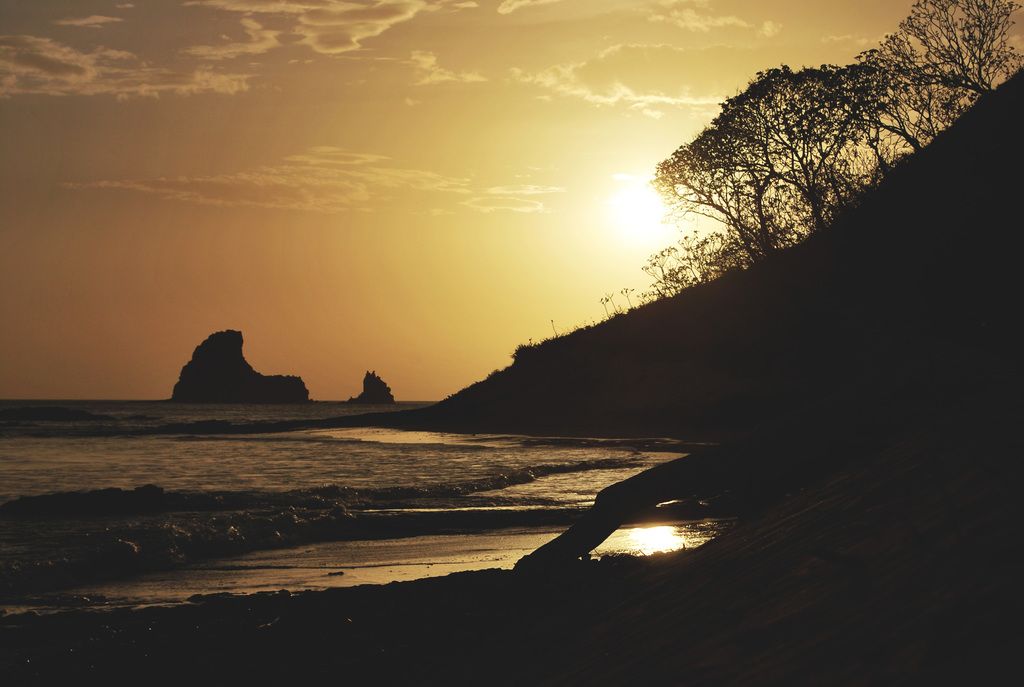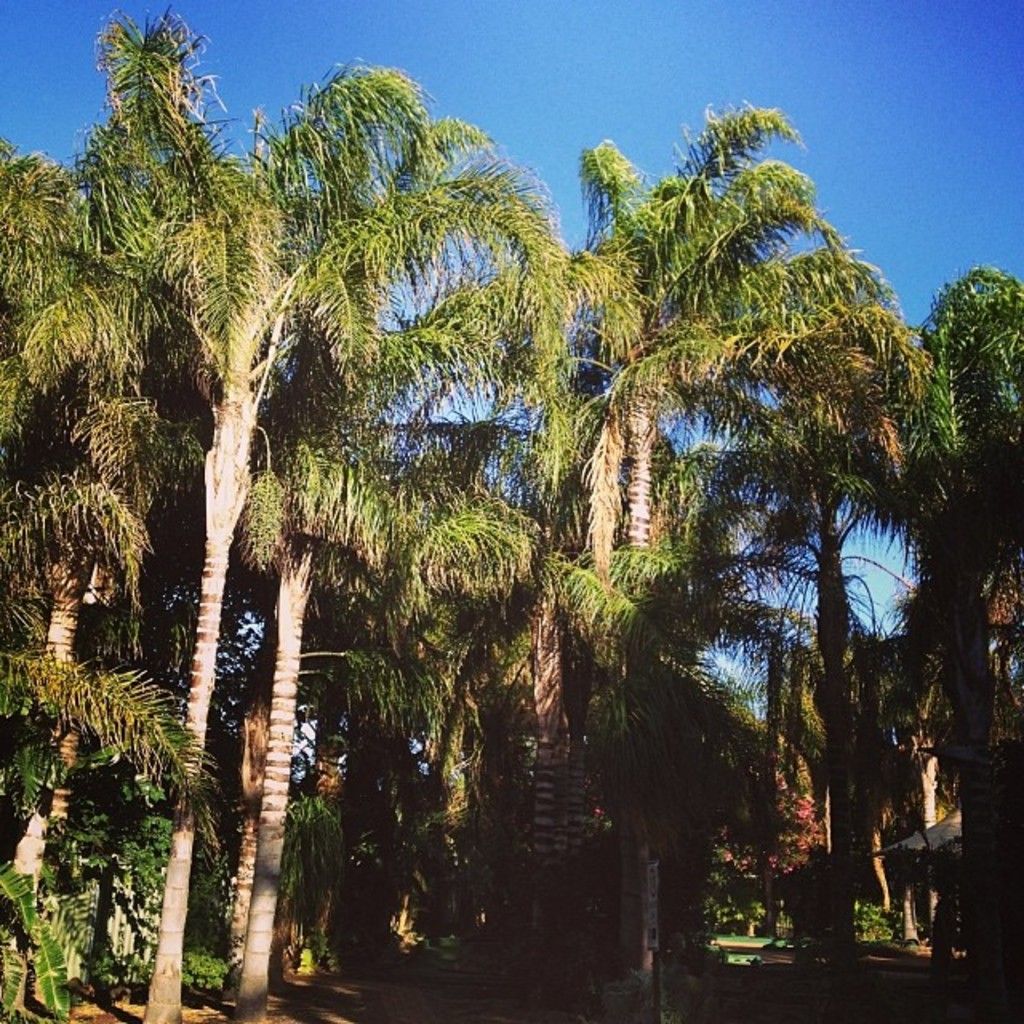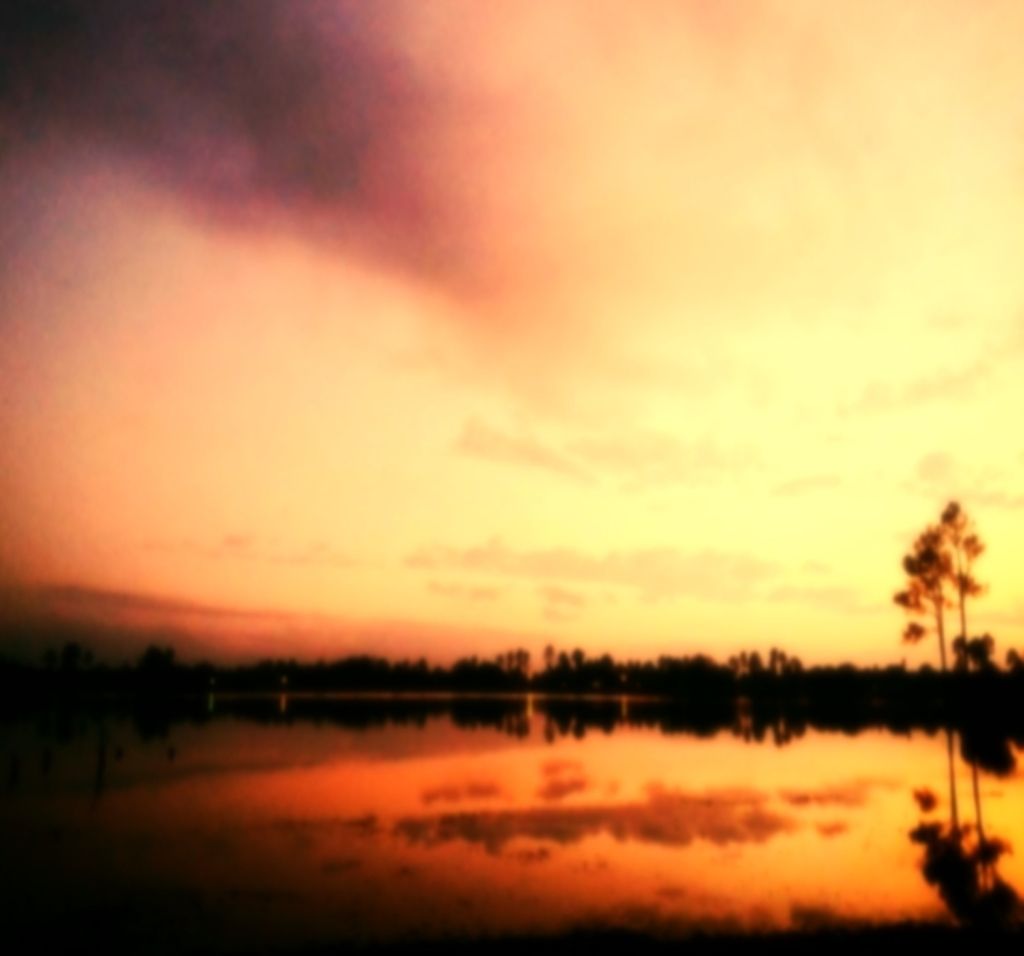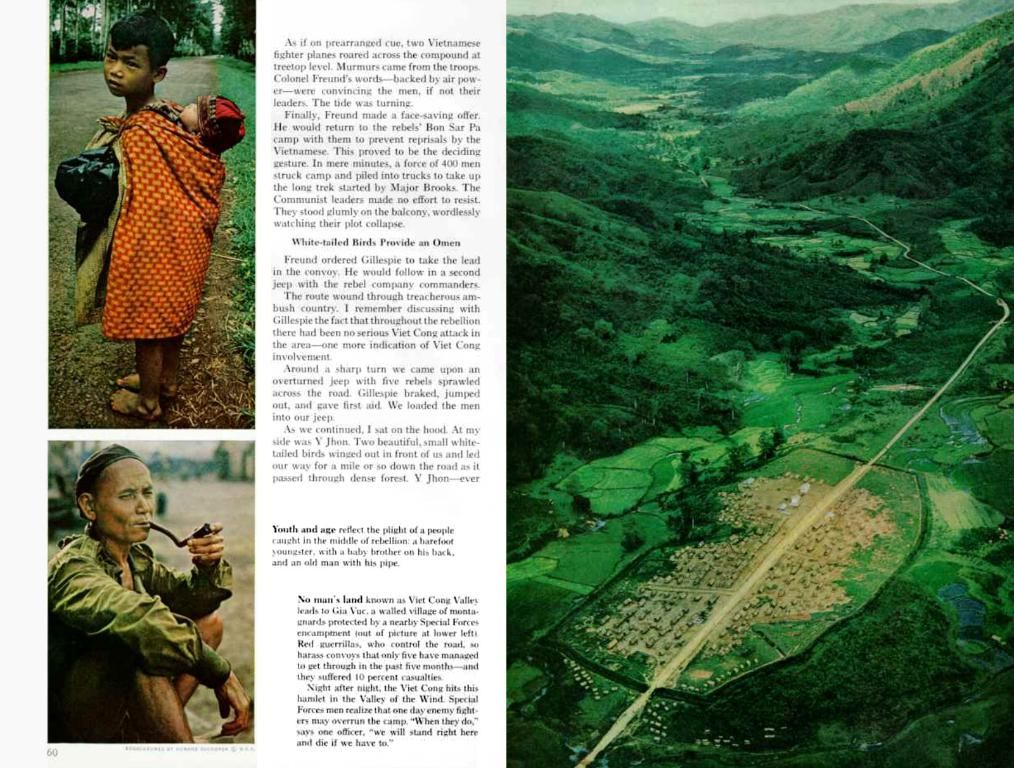Virtual Recreation of Auschwitz Emerges, Boosted by Cinematic Demand from Filmmakers
Shining Light on the Past: Auschwitz's Digital Doppelganger
A groundbreaking advance in historical storytelling, the digital replica of Auschwitz I camp is the brainchild of a dedicated team employing cutting-edge spatial scan technology. The project, acknowledged at the renowned Cannes Film Festival, strives to cater to the film industry's burgeoning interest in the somber narratives of the German camp. In this interview with our culture-savvy platform, Bartosz Bartyzel, spokesman for the Auschwitz Museum, offers insights into this innovative endeavor.
Culture: Where did the idea to create a digital replica of Auschwitz originate?
Bartosz Bartyzel: Inspired by collaborative efforts with filmmakers for years, the Auschwitz Museum faced the challenge of prohibited on-site filming due to conservation regulations. The need to balance historical integrity and creative expression paved the way for the concept of a digital replica. By offering an alternative filming location, the project aims to foster a novel and responsible collaboration without compromising the sanctity of the historic site.
Why is a replica necessary?
B.B.: Regulations governing the Memorial preclude on-site filming for feature films. Filmmakers demand immersive and engaging narratives, which the digital replica enables without the risks associated with on-site filming at the protected site.
Were filmmakers consulted before implementation?
B.B.: Furthermore, insights from filmmakers themselves played a crucial role in inspiring the project. The invention was birthed from industry needs and ongoing dialogue with creators, ensuring that it meets the unique demands of storytellers.
Who was involved in the creative process, and how long did it last?
B.B.: This initiative is a collaborative effort between the Auschwitz Museum, the Auschwitz-Birkenau Foundation, and a team of technical specialists led by Maciej Zemojcin. Driven by shared values, the members envisioned the project after months of collaboration and active discussions.
What reactions did the announcement receive?
B.B.: The reactions were overwhelmingly positive, with Film industry professionals applauding the concept and the broader public expressing appreciation for the opportunity to learn history authentically and movingly. The project drew attention during international debate, highlighting its potential to foster meaningful dialogue.
Are there filmmakers eager to benefit from the replica, and what future projects might we expect?
B.B.: Preliminary discussions with interested filmmakers offer promising prospects for future collaborations. While the details remain tentative, we eagerly anticipate announcing the first productions soon.
How is the project funded, and what steps are taken to ensure its sustainability?
B.B.: The Auschwitz-Birkenau Foundation finances the project from private donations, focusing on developing the replica of Auschwitz II-Birkenau and key buildings' interiors. Ultimately, the program assumes that licensing fees from film producers utilizing the digital materials will sustain the project, maintaining its educational and commemorative mission.
What challenges have arisen during the project's development?
B.B.: Nurturing such a stirring and innovative project demands perseverance. Significant hurdles include attaining adequate funding for inception and growth and balancing innovative solutions with the site's unique conservation requirements. Both are guiding principles in our careful implementation of this digital replica.
Culture's additional coverage:
- House next to Auschwitz opens to public, amid mounting concerns regarding the public's declining Holocaust awareness [Link]
- Meet the 85-year-old TikTok sensation discussing her Auschwitz experiences with millions [Link]
- our website Culture's Film of the Week: 'The Zone of Interest' - A riveting depiction of the Holocaust from a unique angle [Link]
- Auschwitz
- World War II
- Cinema
- Film
- History
- Culture
[1] [Link][2] [Link][3] [Link][4] [Link]
Technology's role in the creation of the digital replica of Auschwitz I camp was significant, with the use of cutting-edge spatial scan technology.
The digital replica of Auschwitz I camp was primarily inspired by filmmakers' collaborative efforts and their need for immersive and engaging narratives, fueling its development and use of technology.








